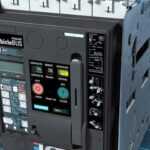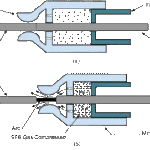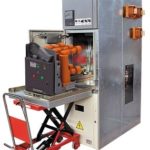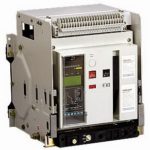Selecting high-quality capacitors is essential for performance and longevity. Each capacitor type has unique electrical characteristics and limitations. Mismatched parts can cause failures or degraded function. Designers must weigh tolerance, voltage handling, thermal stability, and more. This guide outlines five critical factors for choosing capacitors. A clear understanding of these criteria reduces risk and boosts overall system stability.
- Voltage rating and derating
The voltage rating must exceed the highest circuit voltage. Engineers use derating to account for spikes and a safety margin. A rule of thumb is 20% to 50% derating, since lower margins can shorten capacitor life. Check manufacturer recommendations for operating voltage and ripple current. High ripple currents can degrade capacitors if the rating is too low.
In addition, proper derating prevents dielectric breakdown and premature failure. Be sure to document the derating factor and apply it consistently across similar designs. Suppliers offer parts with various derating guidelines. For a broad selection, go to ipXchange for the latest on electronics components.
- Capacitance tolerance and stability
Capacitance tolerance defines how closely a component matches its rated value. Tighter tolerance bands limit deviation under varying conditions. Stability also covers changes due to voltage or temperature. A capacitor with a +-5% tolerance offers more predictable performance than one with +-20%. For timing or precision circuits, low-tolerance parts reduce error. Evaluating tolerance ratings in datasheets ensures chosen capacitors meet the required accuracy and stability.
- Equivalent series resistance (ESR) and frequency response
ESR measures internal resistance that dissipates energy as heat. Low-ESR capacitors support high-frequency filtering and fast charge cycles. In power supplies, high ESR leads to voltage ripple and efficiency loss. Frequency-response charts in datasheets reveal performance at different frequencies. In addition, ceramic and electrolytic types show different ESR behaviors, and selection must reflect the specific application. Comparing ESR curves helps match capacitors to circuit demands.
- Temperature range and aging
Capacitor performance shifts with temperature. Be sure to check the operating range from low to high extremes. Some dielectrics lose capacitance at high heat, and others increase ESR. Aging effects can reduce capacity over time, and some film capacitors remain stable longer than aluminum electrolytics.
Temperature cycling can accelerate aging. Be sure to consider humidity resistance. Some dielectrics absorb moisture, and sealed designs resist humidity. For harsh environments, select parts rated for higher temperatures and minimal aging. Be sure to record expected derating over the product lifetime to ensure long-term reliability.
- Package size and mounting
Physical size affects capacitance, thermal dissipation, and board layout. Larger packages may handle more heat but occupy space. For surface-mount designs, ensure pad layout matches the capacitor footprint and assembly tolerances. Through-hole parts offer better mechanical stability in high-vibration applications.
Consider mounting orientation if the dielectric is sensitive to gravity, such as aluminum polymer types. Proper solder fillets and plating improve reliability. Proper mounting reduces mechanical stress and ensures solid electrical connections.
Endnote
Selecting a high-quality capacitor is a balance of specs, conditions, and supplier trust. Each factor impacts circuit longevity and performance. Review datasheets, test samples, and track part aging through field data. Collaborate with reliable distributors and maintain clear documentation.
In addition, stay aware of component availability and lead times when planning. A structured approach reduces failure risk and supports efficient maintenance. Investing time in proper selection pays off through fewer repairs and improved system uptime.
